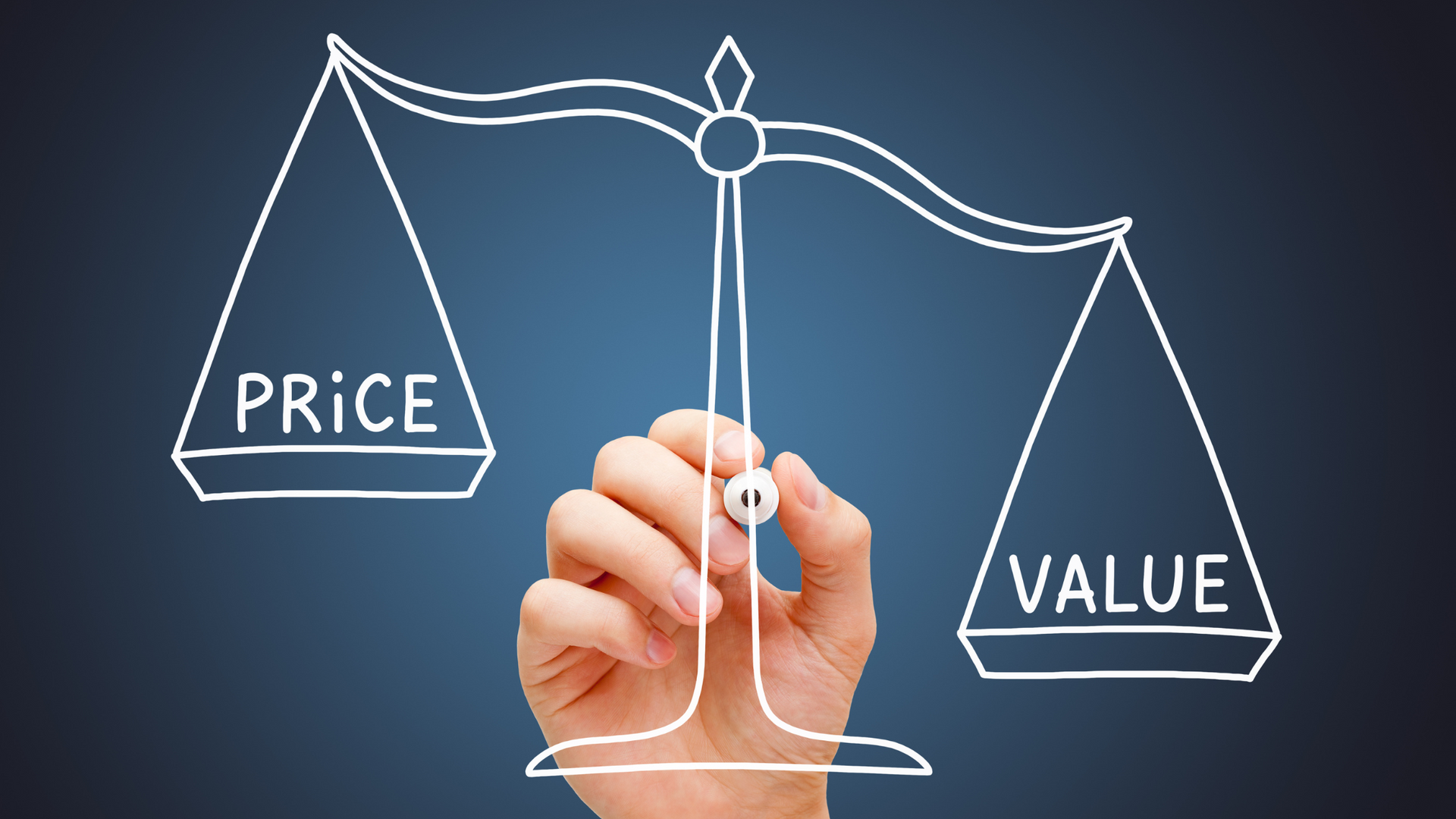Canva Price Increase: Fair Move, Poor Messaging?
You may have seen the headlines: Canva , the popular design platform, recently increased prices on some Canva Teams subscriptions by up to 300%, causing an uproar among its users. Many customers are already publicly canceling subscriptions and questioning the justification behind such a steep increase.
Price increases are rarely popular, and a 300% hike is especially hard to swallow. However, I believe the new prices may actually be quite reasonable, and it has been the messaging behind the price increases that have stoked the fiery customer reactions. While Canva executed some parts of its price increase messaging well, it missed the mark on a few critical elements, amplifying the negative reaction.
Why Canva's New Prices Might Be Reasonable
- Comparisons to Competitors:
Frustrated customers are threatening to switch to
Adobe Creative Cloud, but let's not forget that this set of products costs $90 per month compared to Canva’s $10
(even Adobe illustrator alone is ~$40 per month). Canva has always been a budget-friendly alternative to Adobe’s apps—and it still is, even at the new prices. Is Adobe really more than nine times better than Canva? Moving to Adobe because Canva raised its price feels like cutting off your nose to spite your face.
- Opt-in Flexibility: It's important to note that only the Teams plan prices have increased; the individual Pro plan remains unchanged. Customers aren’t forced to stick with Teams—if you don’t want to pay the higher price or use the new features, you can always downgrade. For price-sensitive, casual users, this is a viable alternative.
- Evidence of Market Acceptance:
New customers have been paying these increased prices since April. Now that Canva is rolling out these changes to its existing customer base, it's worth noting that new customers have not been balking at the new Teams price. This suggests the new pricing is reasonable; the backlash likely stems from existing customers being anchored to the old, lower prices.
- Anchoring Effect and Its Impact:
The anchoring effect is powerful. If you've been paying $5 per month for years, any increase can feel unjust, even if it’s rational. This is where the art of price increase communication becomes essential.
What Canva Did Right in Its Price Increase Announcement
Canva’s email to customers has been widely circulated in recent days. They did several things well:
- Directness & Clarity: The email was straightforward and clear—there’s no confusion about what the new prices will be.
- Notice Period: Canva provided about two months’ notice before the price change takes effect in November. While three months might have been better, two months is still reasonable.
- Phased Transition: Canva is offering a 30-40% concession on the new prices for the first year as customers transition. This is a generous approach to soften the blow of the increase.
Where Canva's Messaging Fell Short
However, Canva’s communication strategy missed the mark in two key areas:
- Lack of Empathy: While companies shouldn't apologize for increasing prices, they should acknowledge the impact on loyal customers. Canva's messaging felt cold; a more empathetic tone could have gone a long way in placating its customer base.
- Focus on Fairness Over Value: When communicating a price increase, focusing on fairness is often more effective than emphasizing value. If you tell customers the price is going up because the product provides a lot of value, they might argue they were already paying a fair price for that value. Alternatively, if you say the price increase will fund new features, customers could counter that they don’t need those features.
Instead, if Canva had framed the increase around fairness—highlighting that the product was significantly underpriced for years and that the increase is necessary to sustain service quality—it might have resonated better.
(Note - interestingly, a spokesperson from Canva did touch on the fairness argument in a Smart Company article, suggesting they realize that is import. But it hasn't been the central message conveyed in most media, perhaps representing a missed opportunity.)
The Takeaway for SaaS Companies: Communication Is Key
Pricing changes are inherently challenging. Even with the right price and a well-thought-out transition plan, negative reactions can occur. The lesson here? Plan rigorously for price increases and focus on empathetic, value-driven messaging.
For what it’s worth, I believe Canva's churn rate will be lower than it appears based on current customer reactions. Price increases stir emotions, but logic often prevails in the end. It will be interesting to see how this situation evolves.













